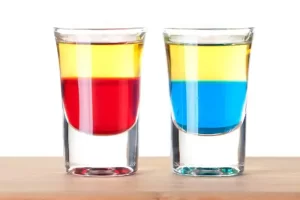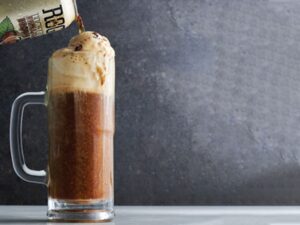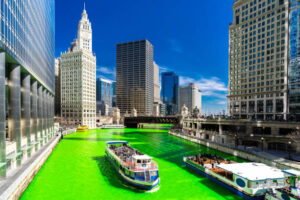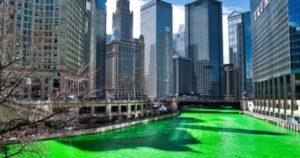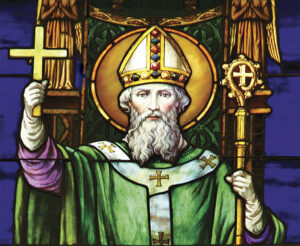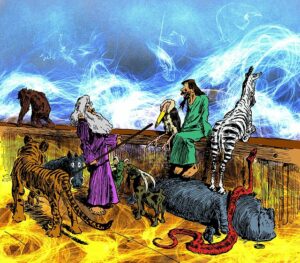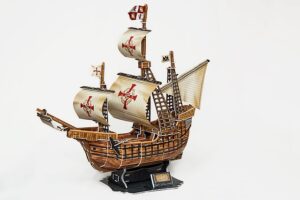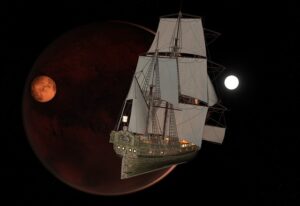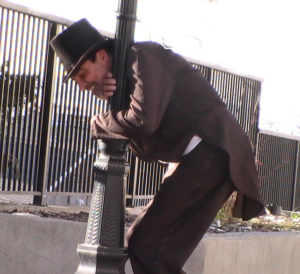Climate Change and the Beer Shortage.
“Harold you are spilling out a 1/8th of a bottle of beer! What are you doing? That’s alcohol abuse.” Dr. Wetbrain yelled.
“Spit, backwash”, Harold remarked.
“That’s no excuse. Don’t you know a beer shortage is coming thanks to climate change?” Wetbrain concluded.
Sure, the barley crop was plentiful at one time until the climate change effect came into view. Drought and heat waves are the main culprits in depleting the barley harvest. Droughts, heat waves, floods, hailstorms, grasshoppers’ migration, wildfires (smoke) all have contributing factors to climate change and the production of the most popular alcohol drink – BEER.
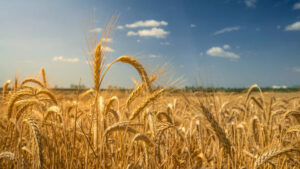
Severe droughts and heatwaves were highly hit in North America, UK and China. Other worst hit territories include Belgium, Ukraine, Czech Republic and Ireland.
Beer loving Ireland could triple on beer prices soon. Yikes!
All natural products like chocolate, coffee, wine and now Beer are all effected by climate change.
Sadly, Barley is one of the most heat-sensitive crops globally. What timing!
20% of barley goes to Beer. Most barley goes to feed livestock like cows and pigs. So, BBQing with a cold beer is contradicting each other. Funny!
Lots of other Barley hinderance is blamed on distribution, also the illegal invasion of Ukraine by Russia. Putin!!!

Two years ago, Ukraine produced 10 million tons of barley, only 6 million these days. Putin blowing up poor farmers fields, plus the droughts, plus shutting down ship movement in the Black Sea made a great decline in their barley distribution.
It did not help that in the middle of July 2023 Russia bombed the port city of Ukraine in Odesa destroying 60,000 tons of wheat and barley.
Oktoberfest in Munich Germany which hosts 7 million thirsty visitors will suffer from the fate of beer. Thank you climate change.
Eventually we will be paying double to triple the price for our beloved beer. Talk about inflation.
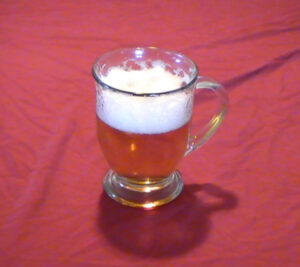
“Got that Harold! Cherish what we have. No more spilling out ‘spit, backwash and beer‘.”

